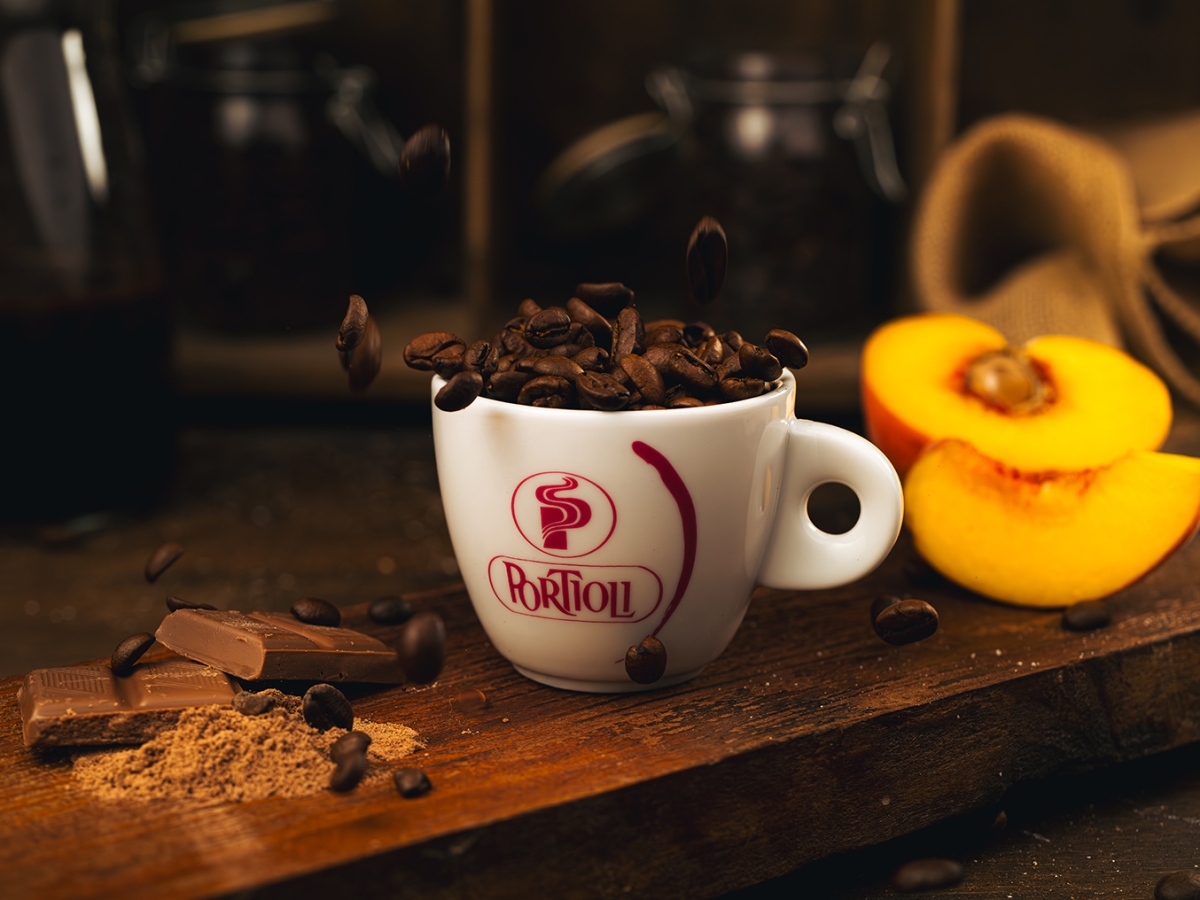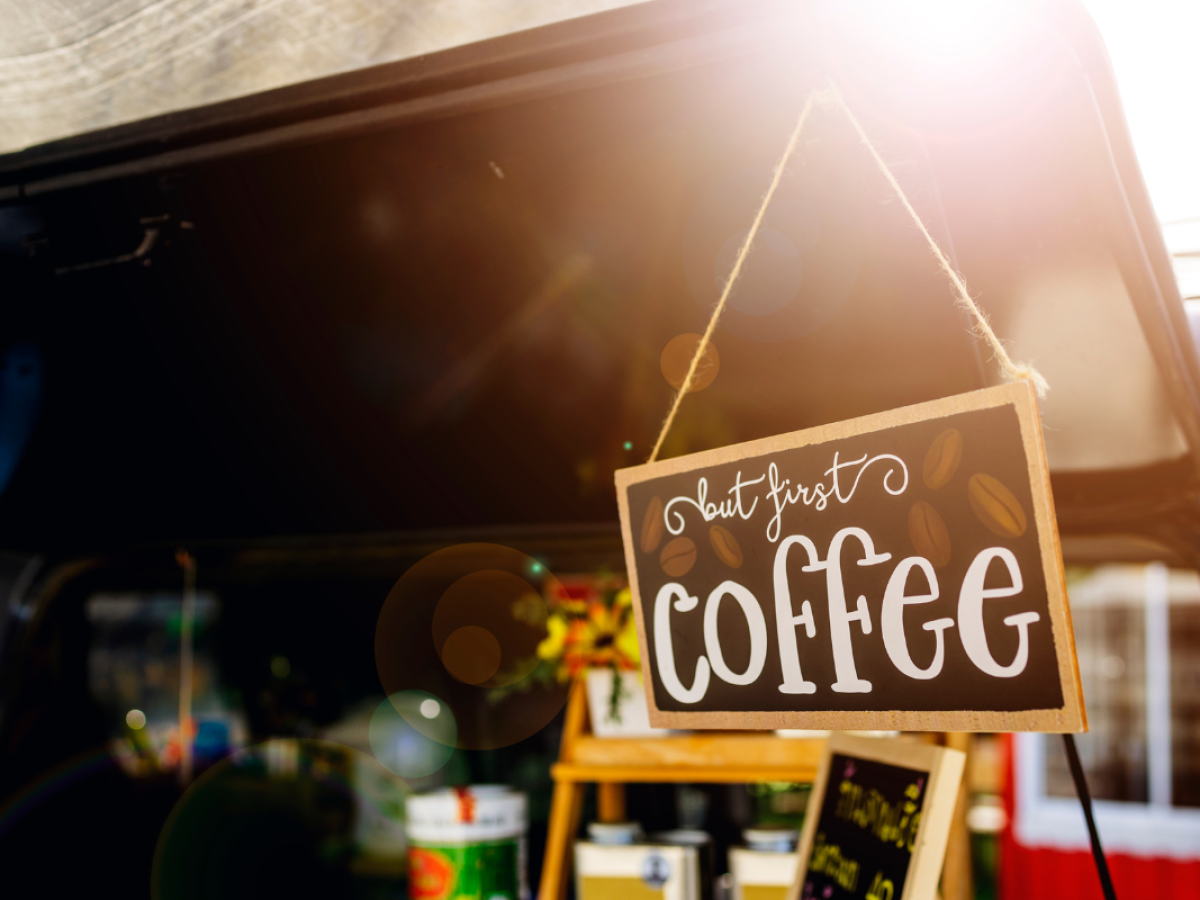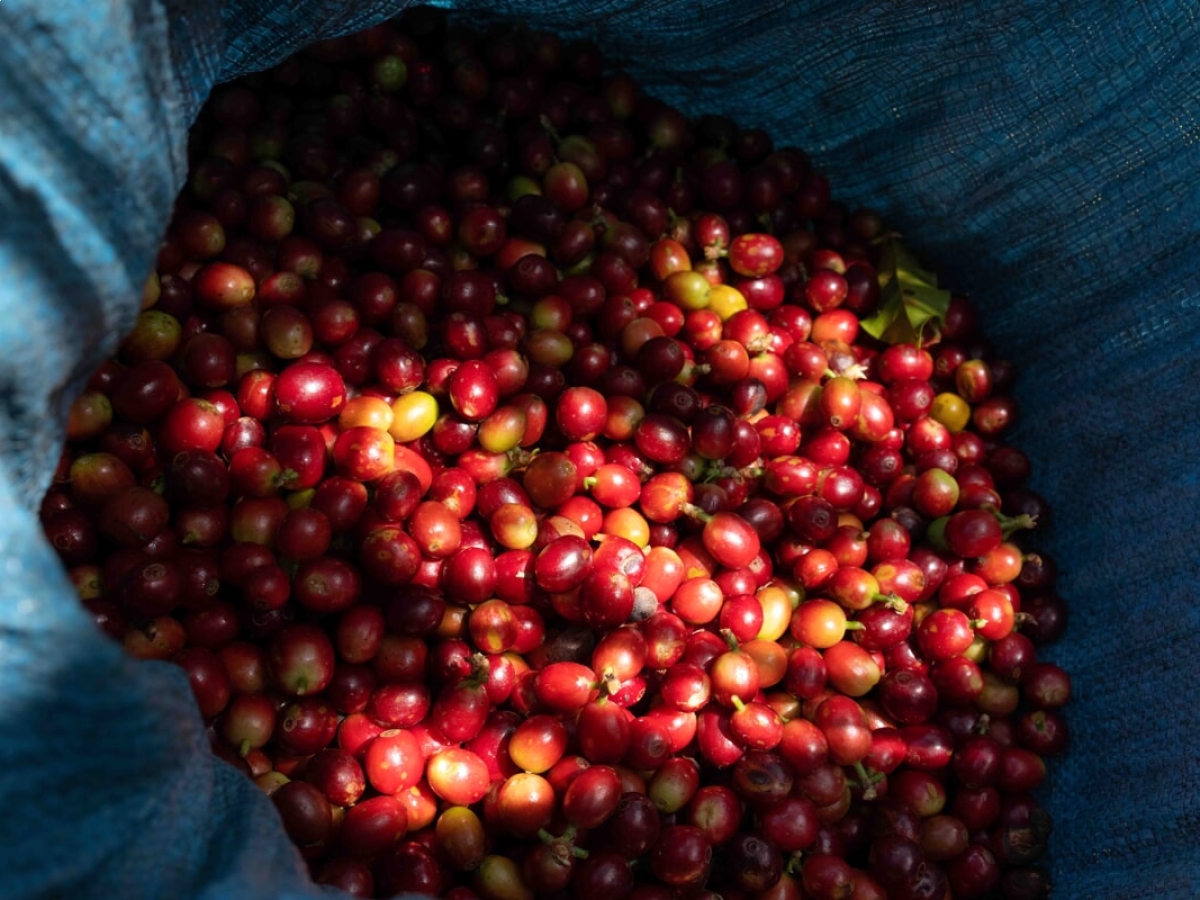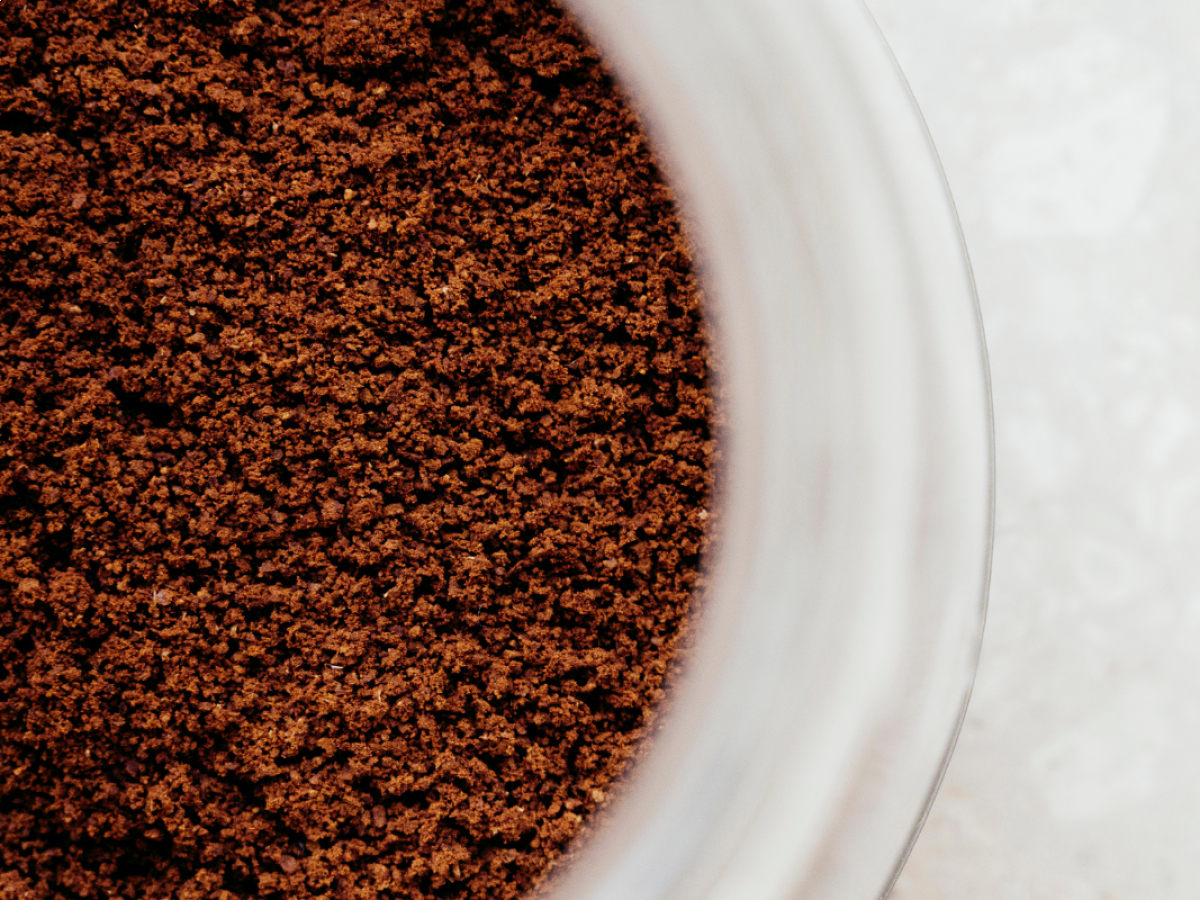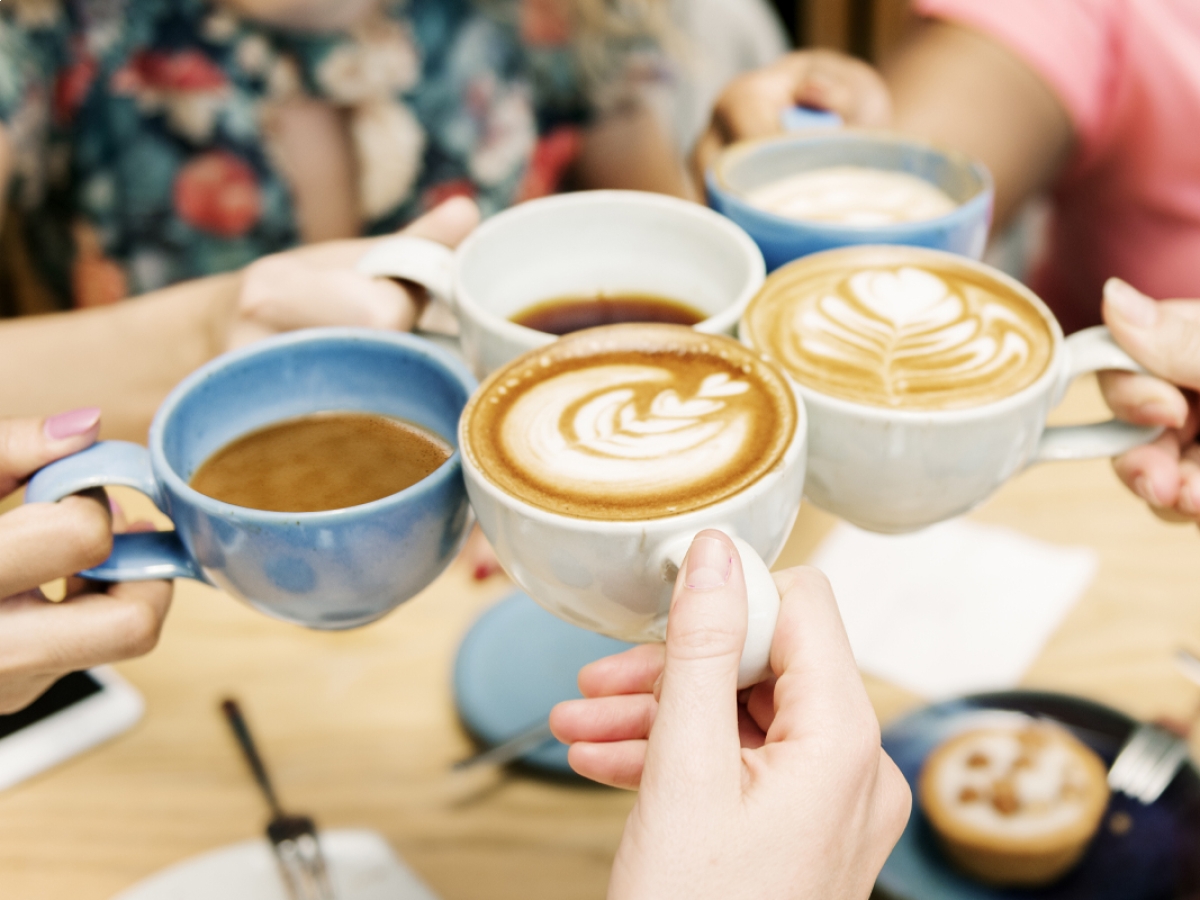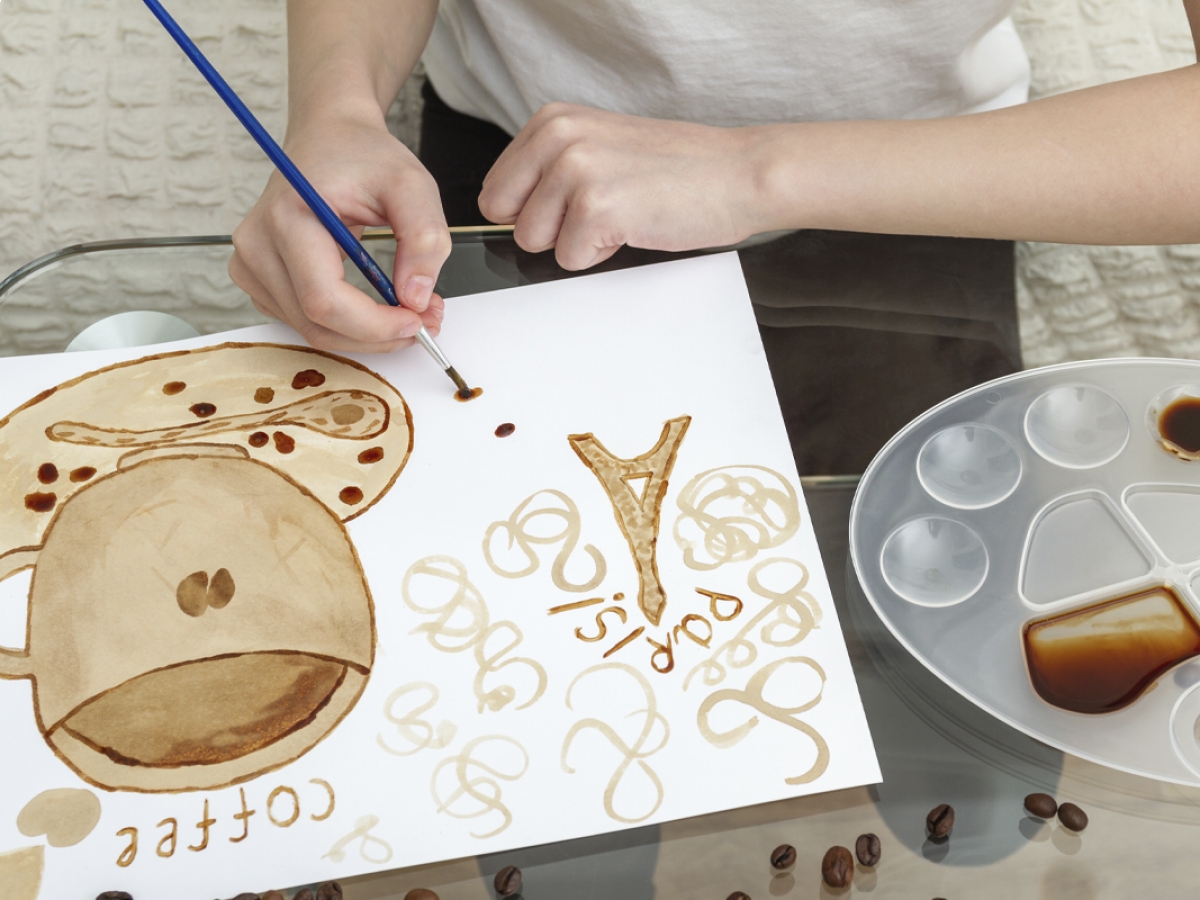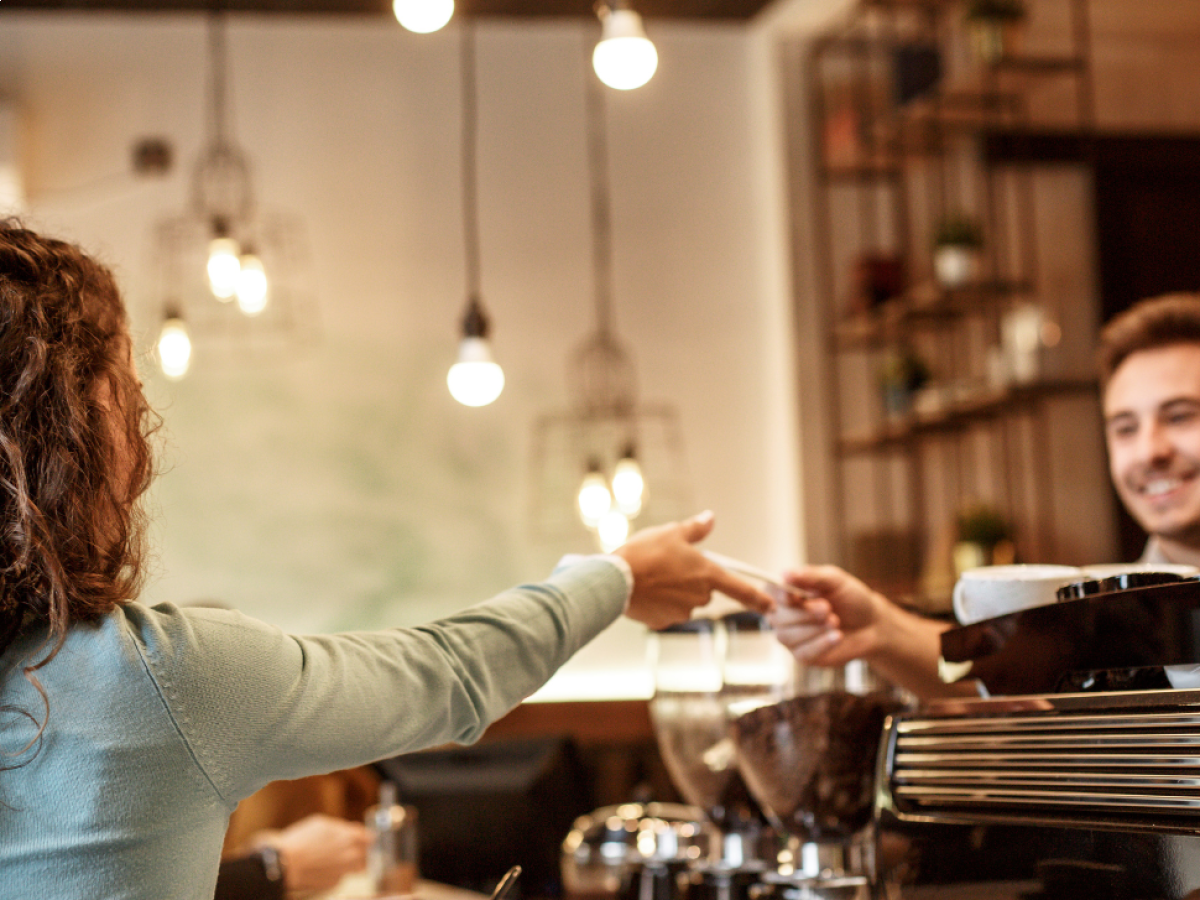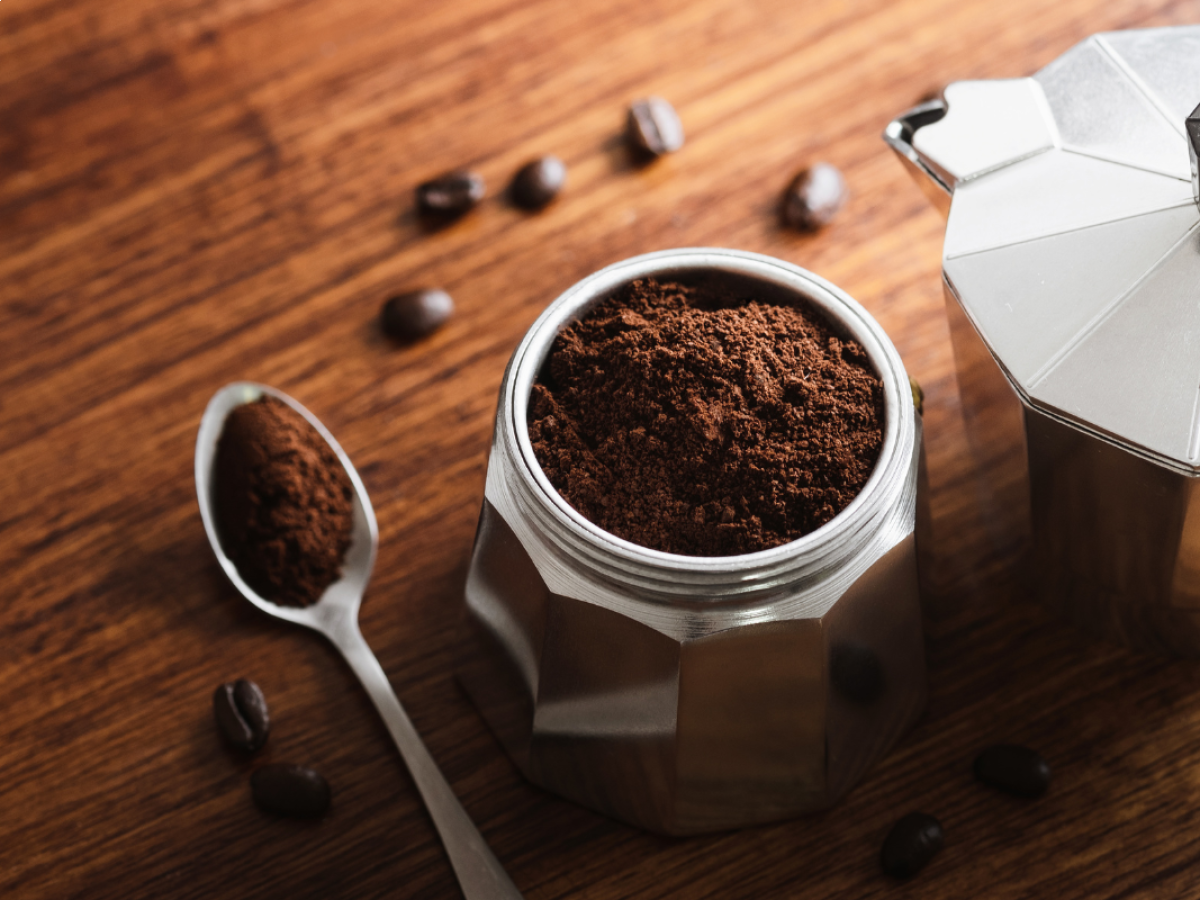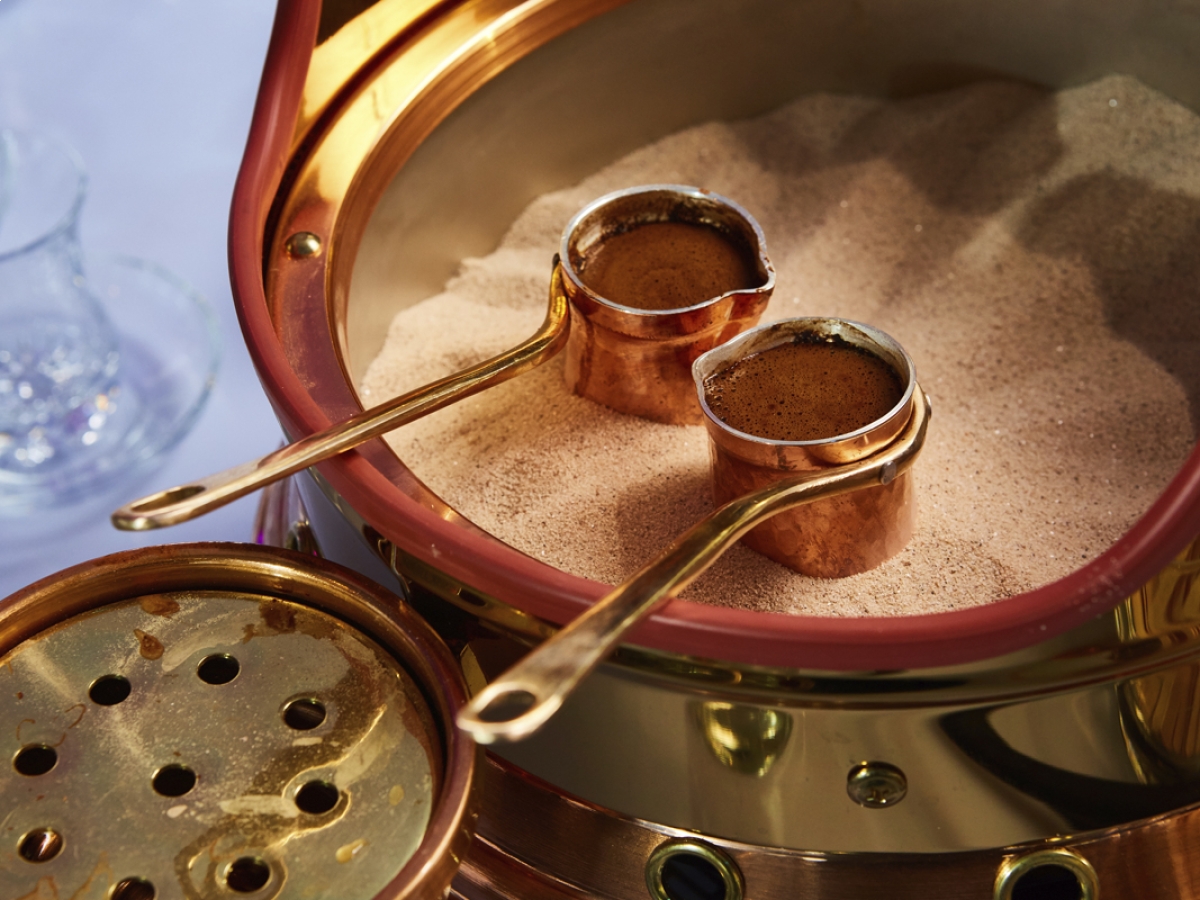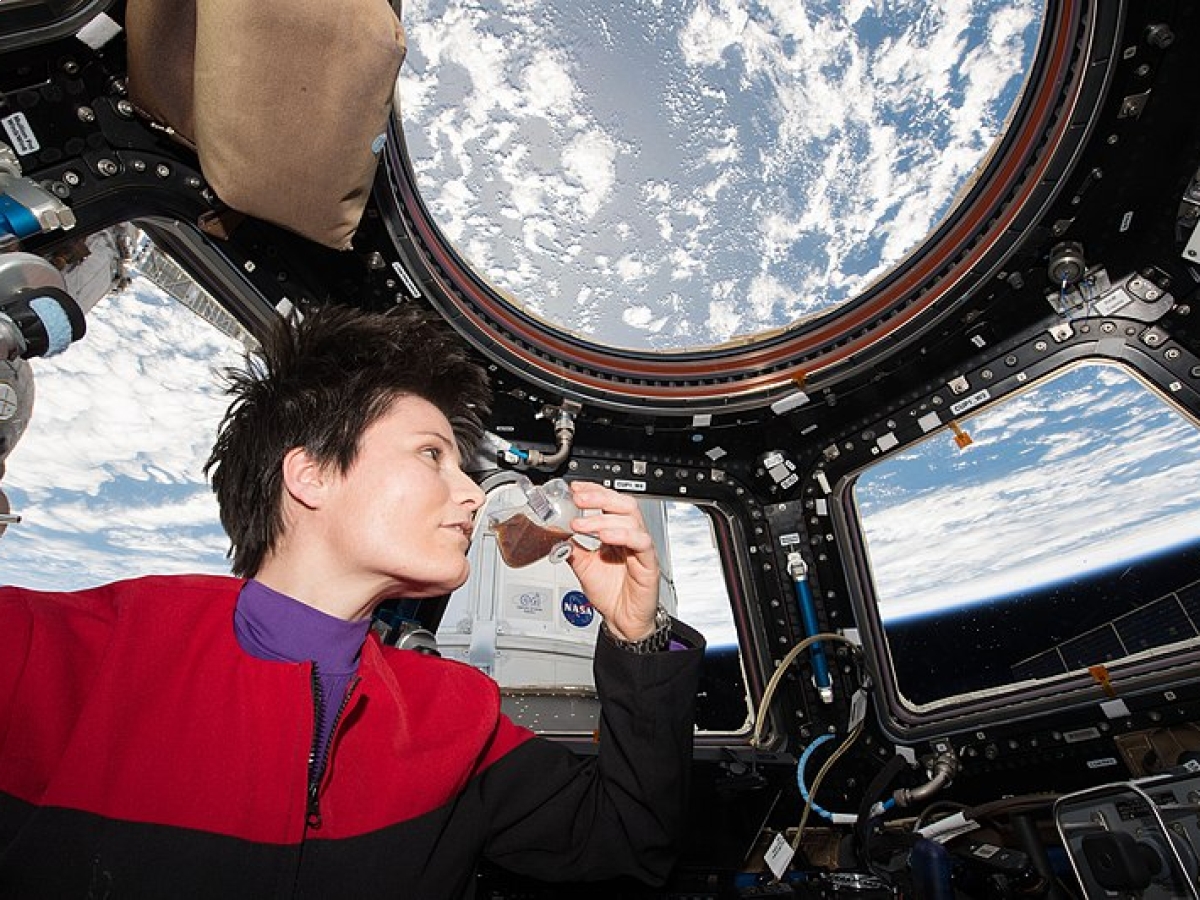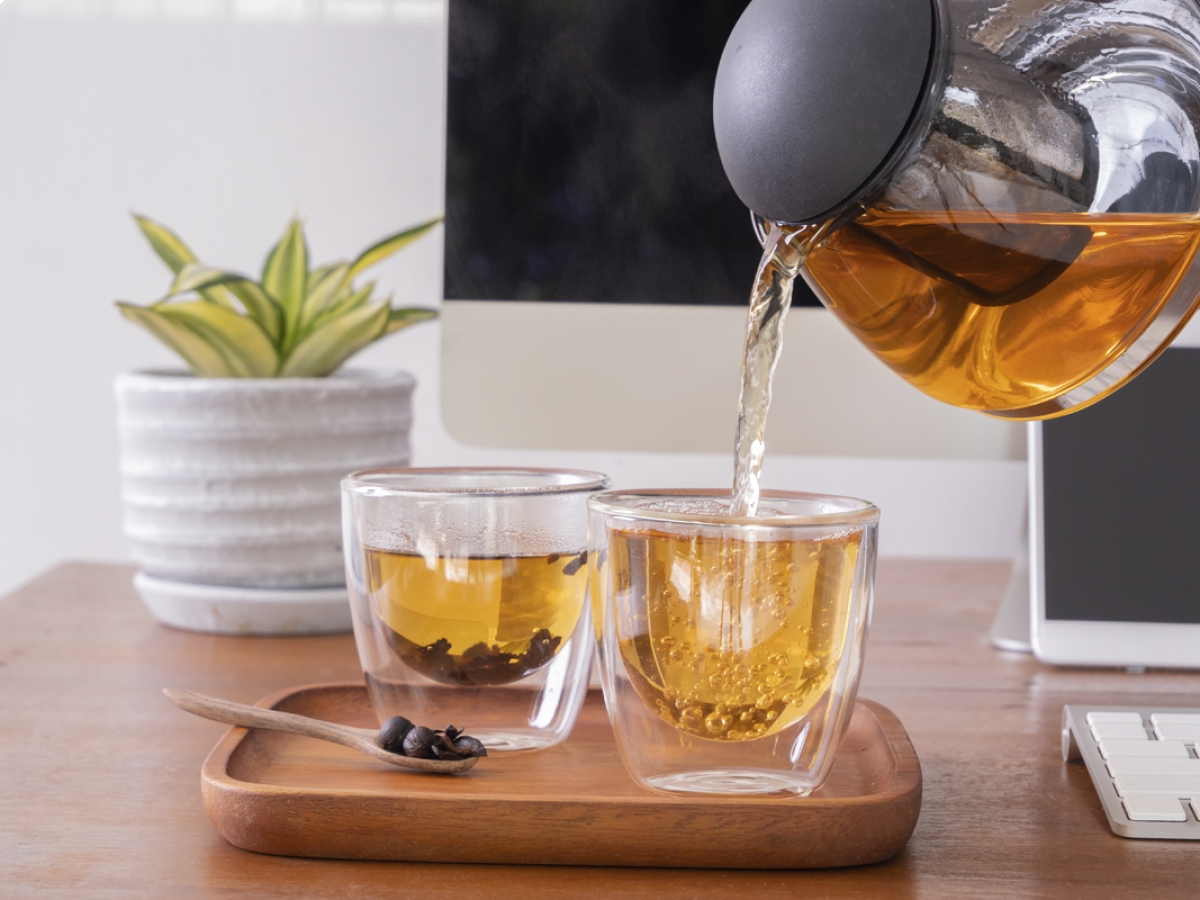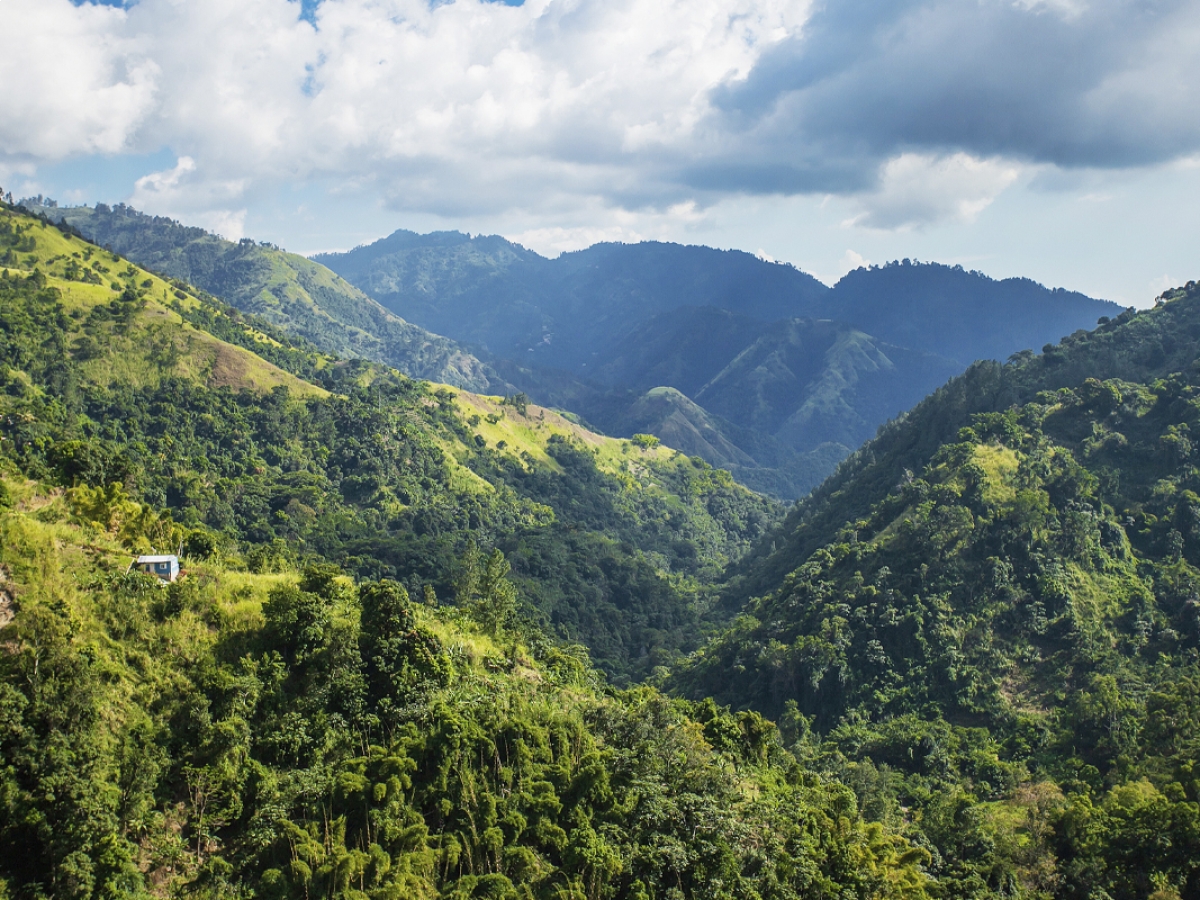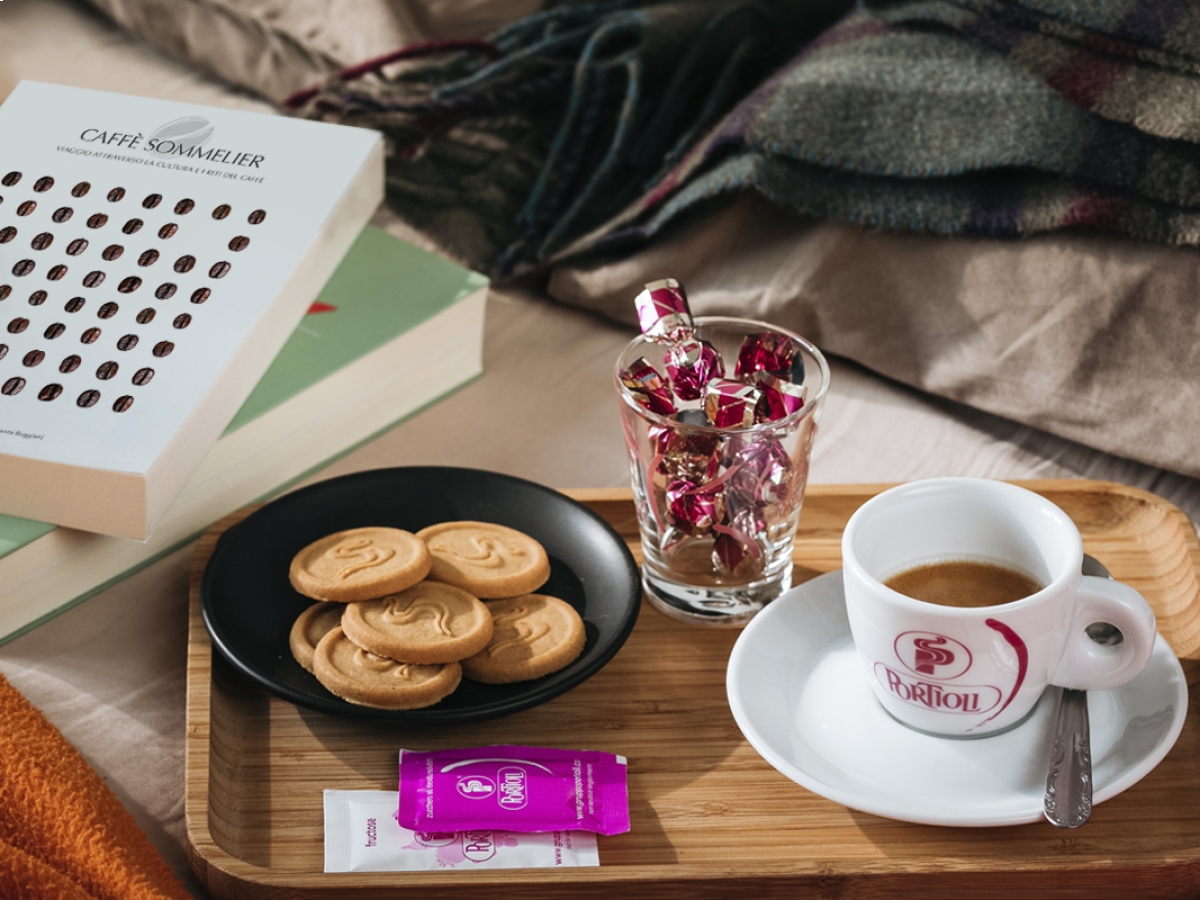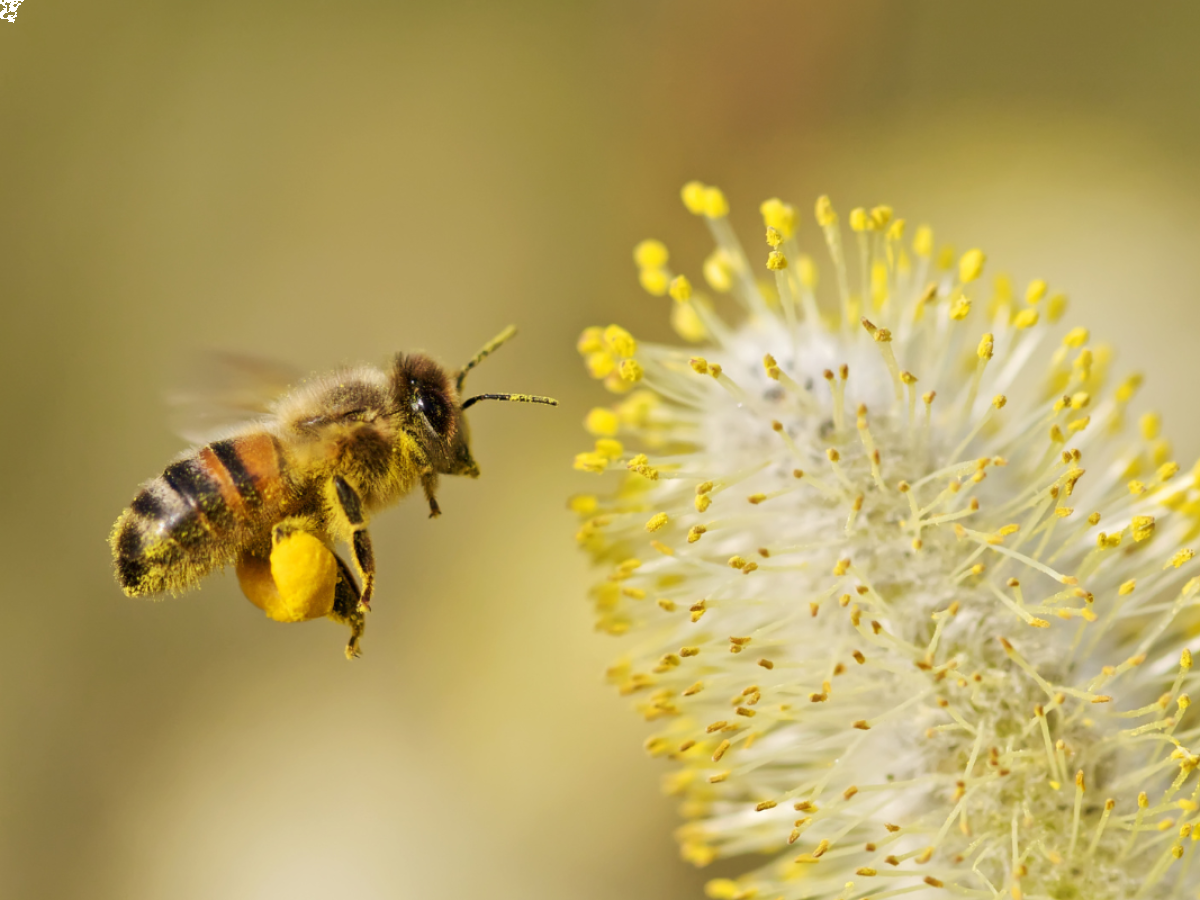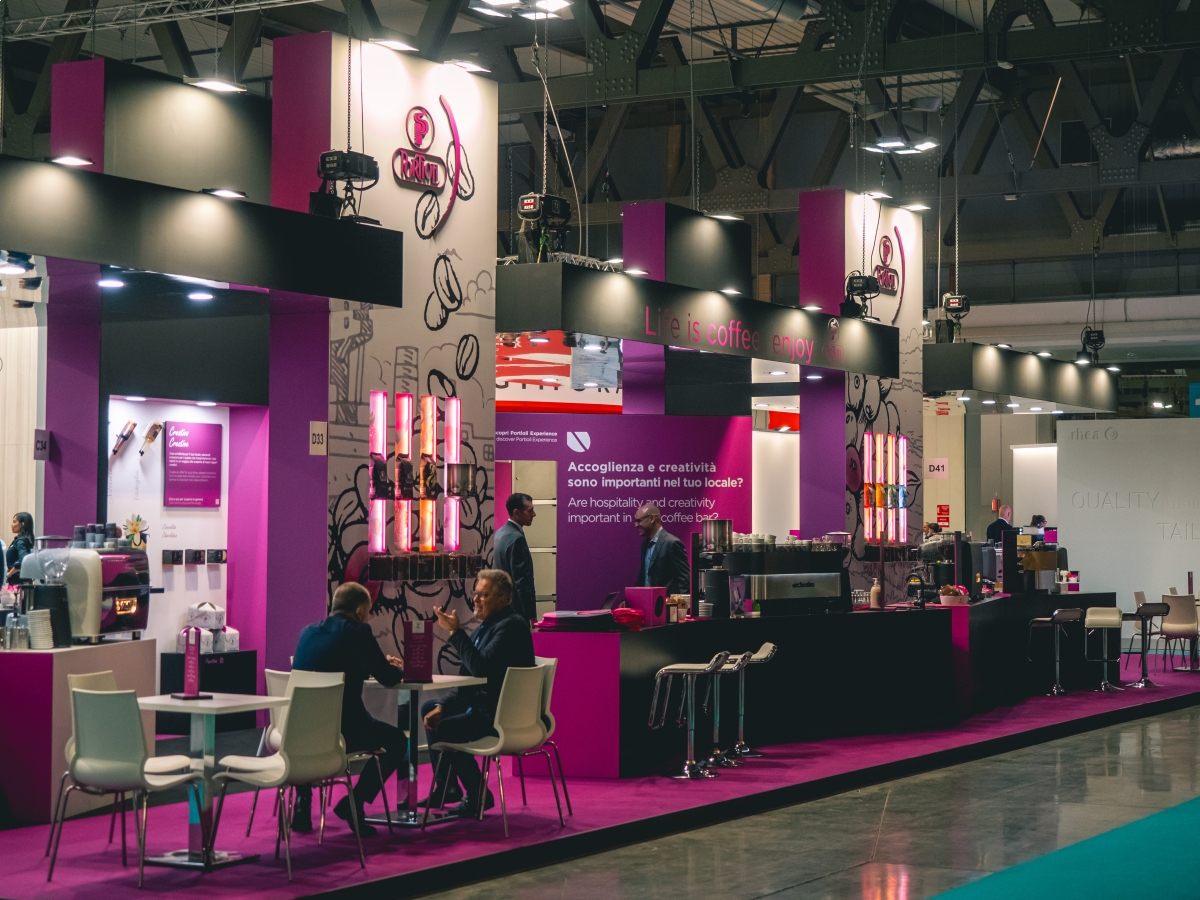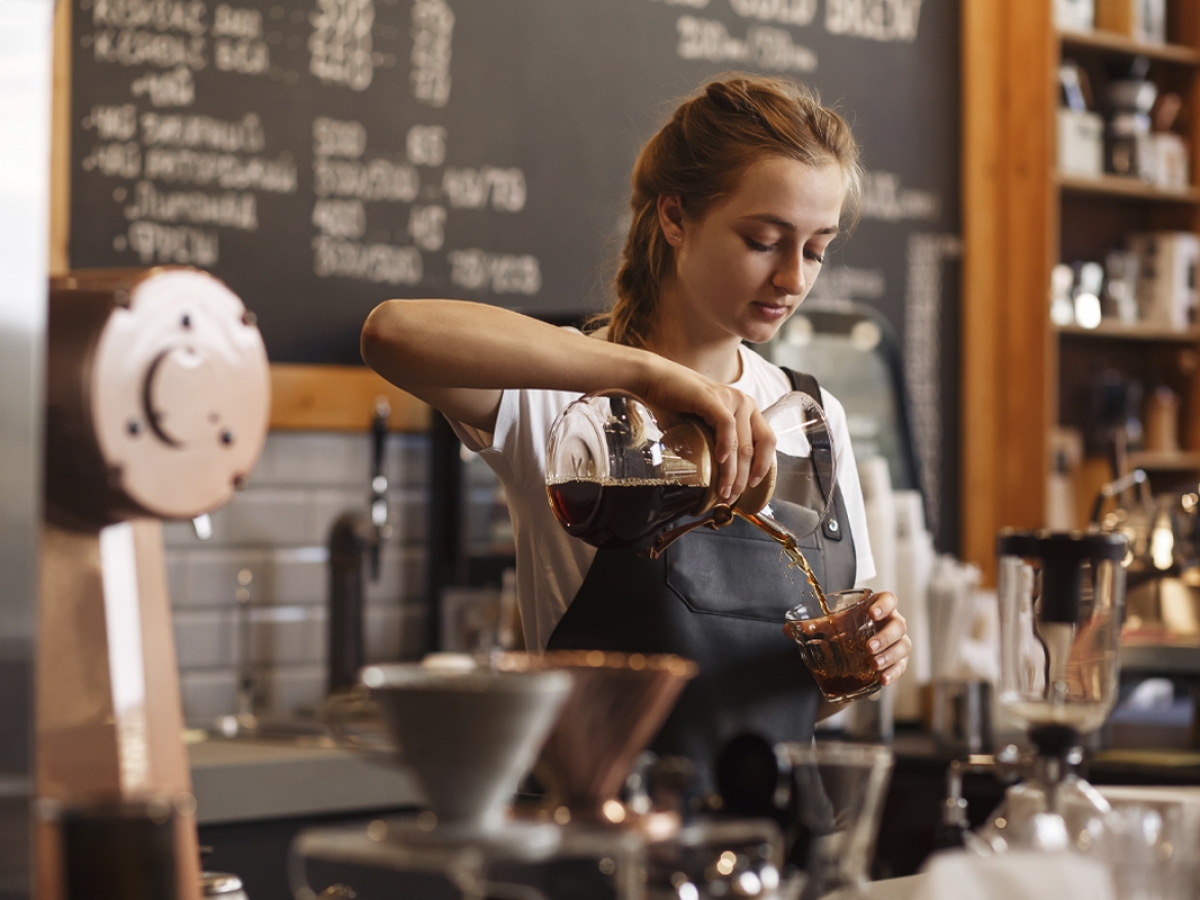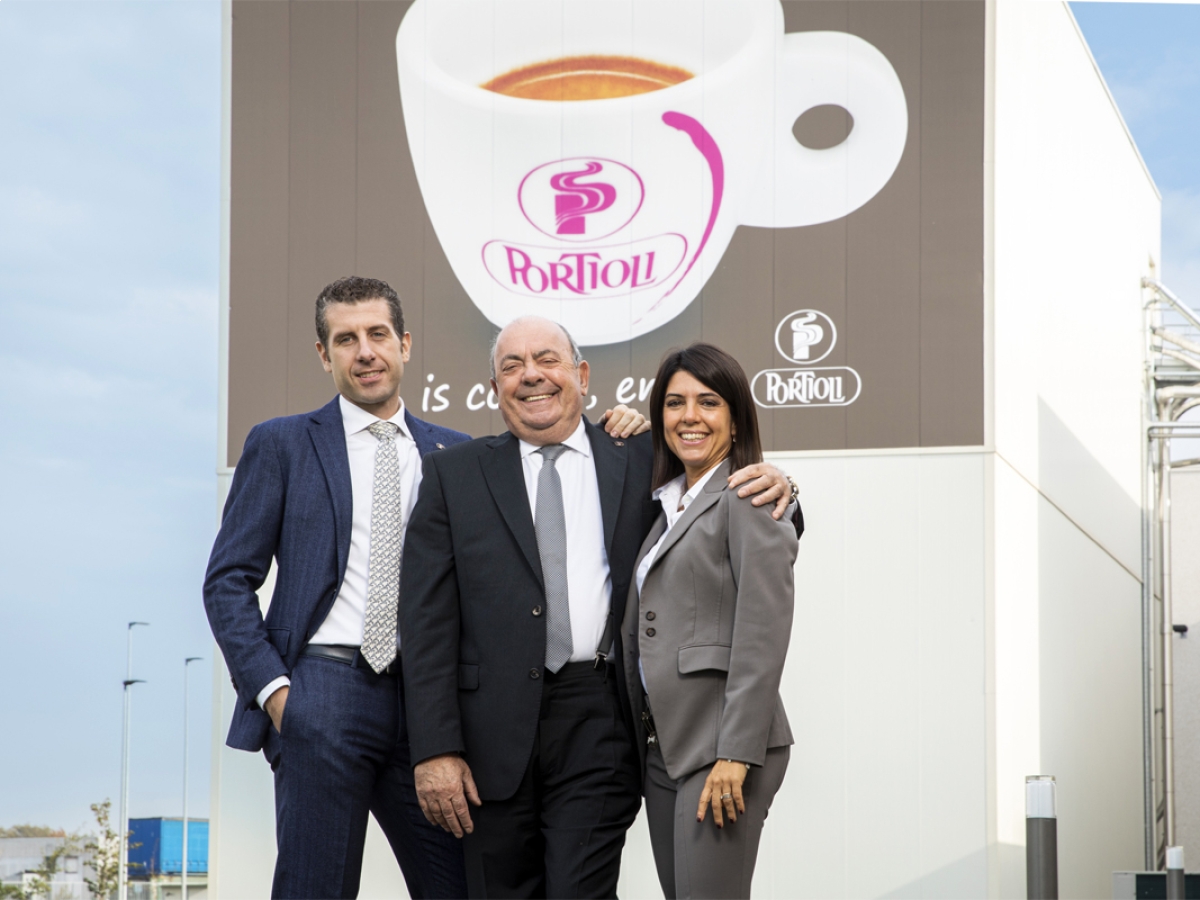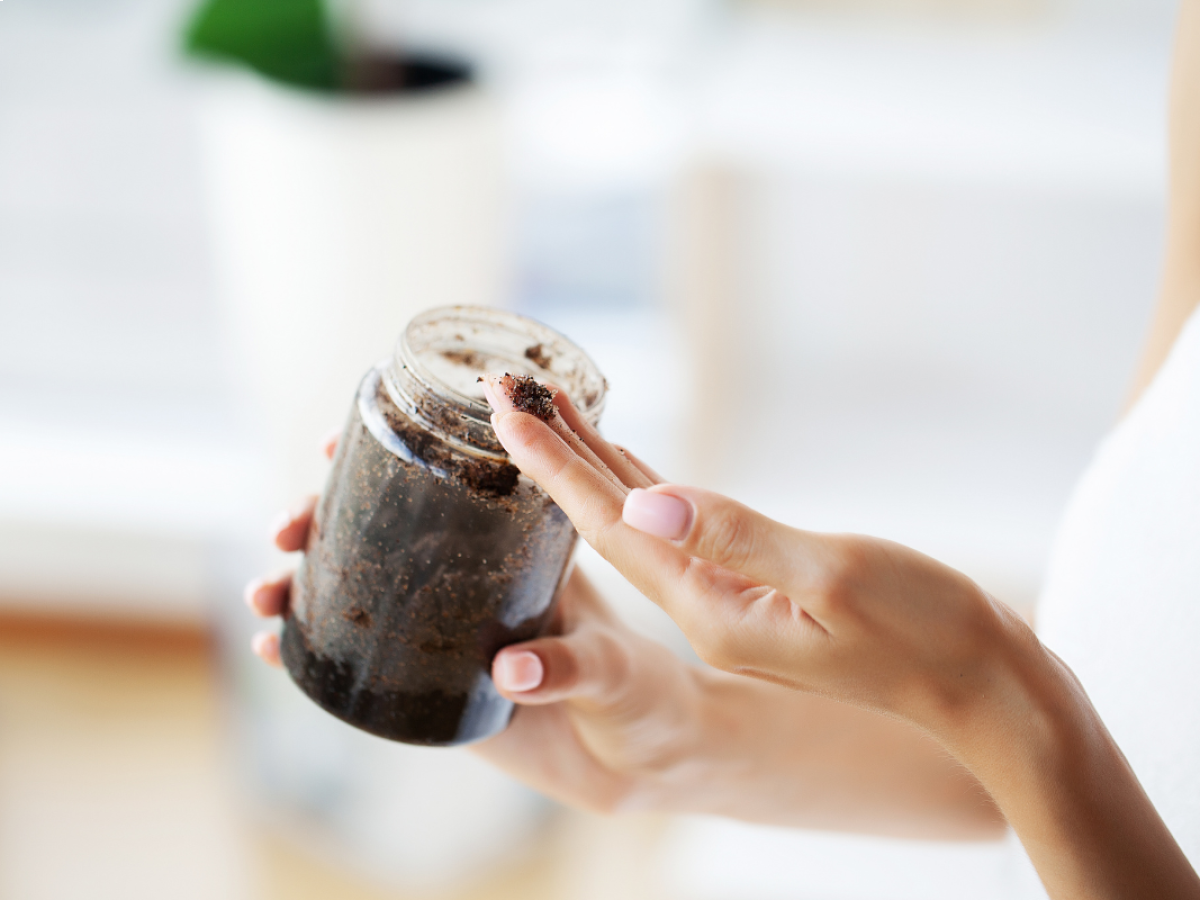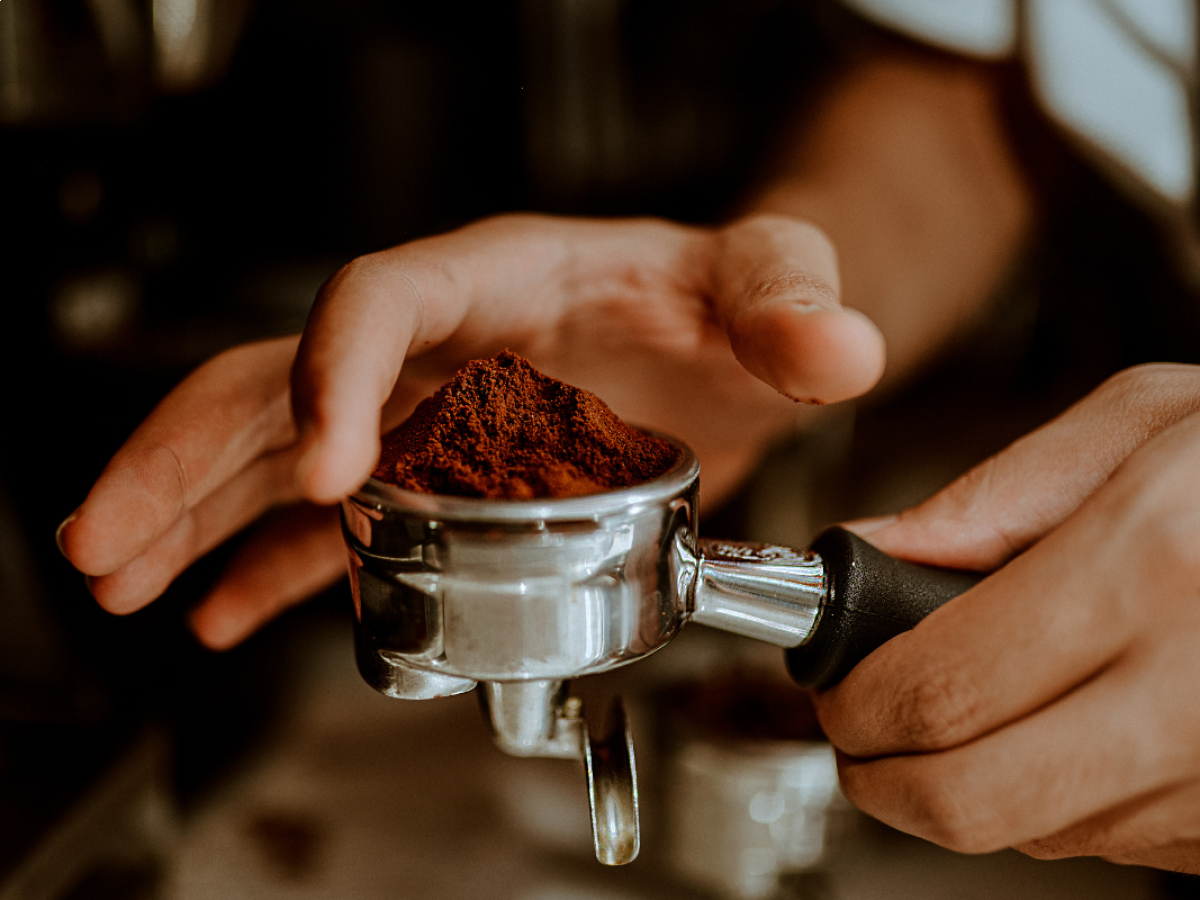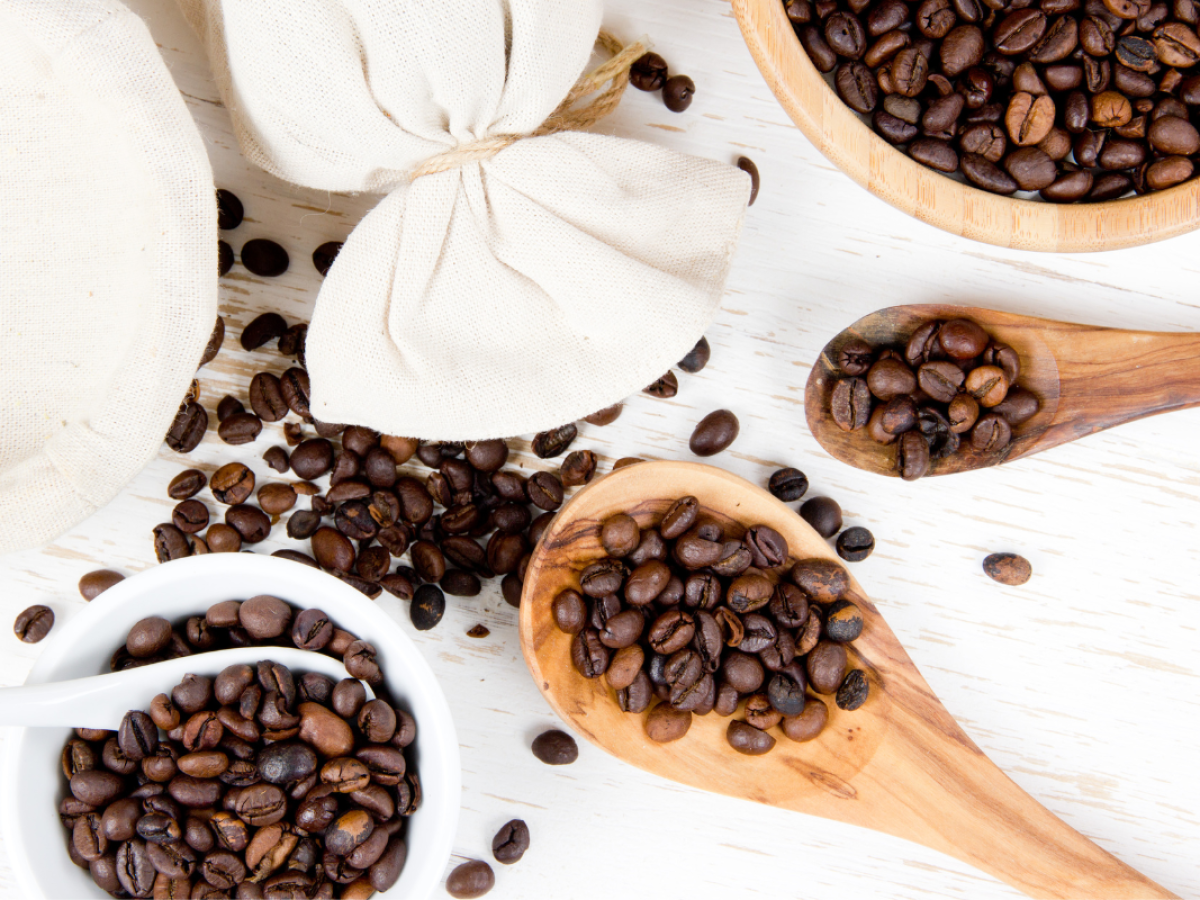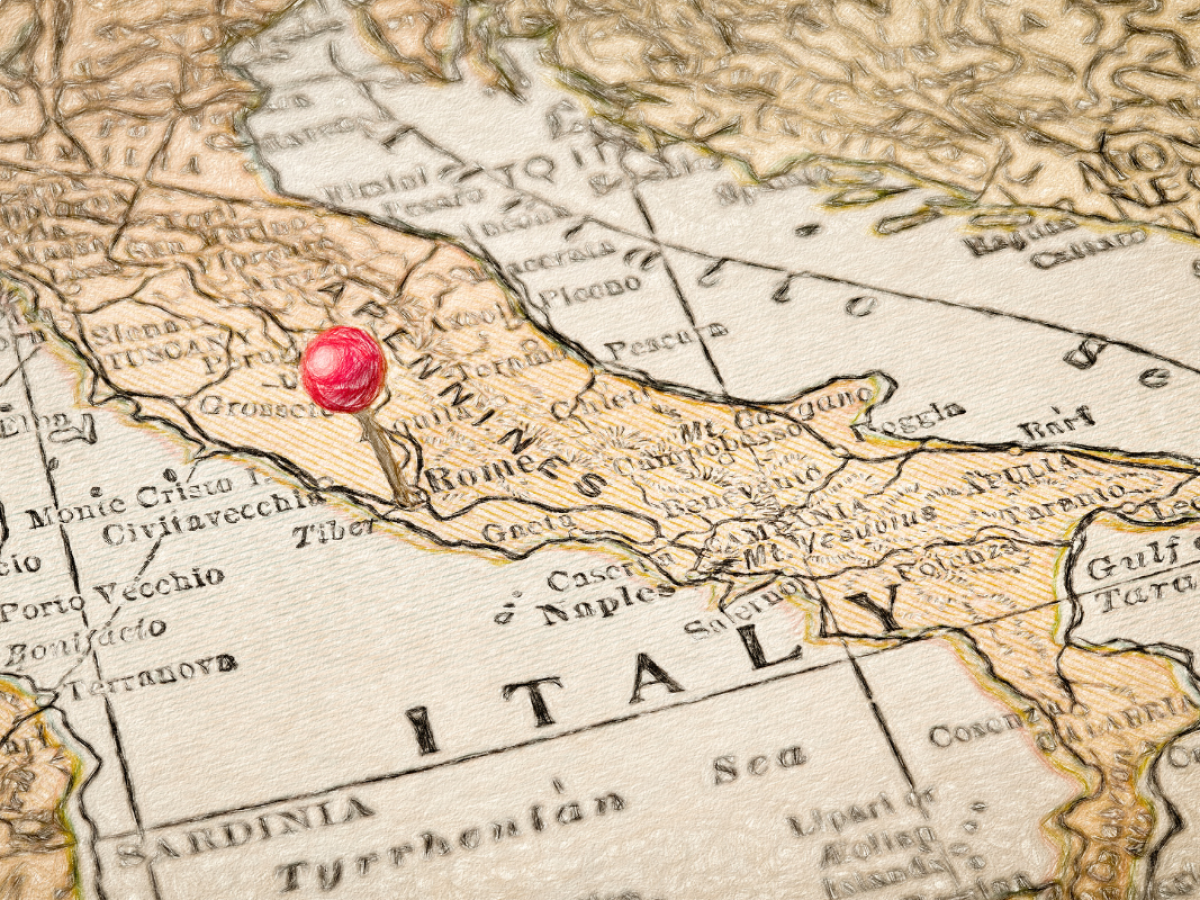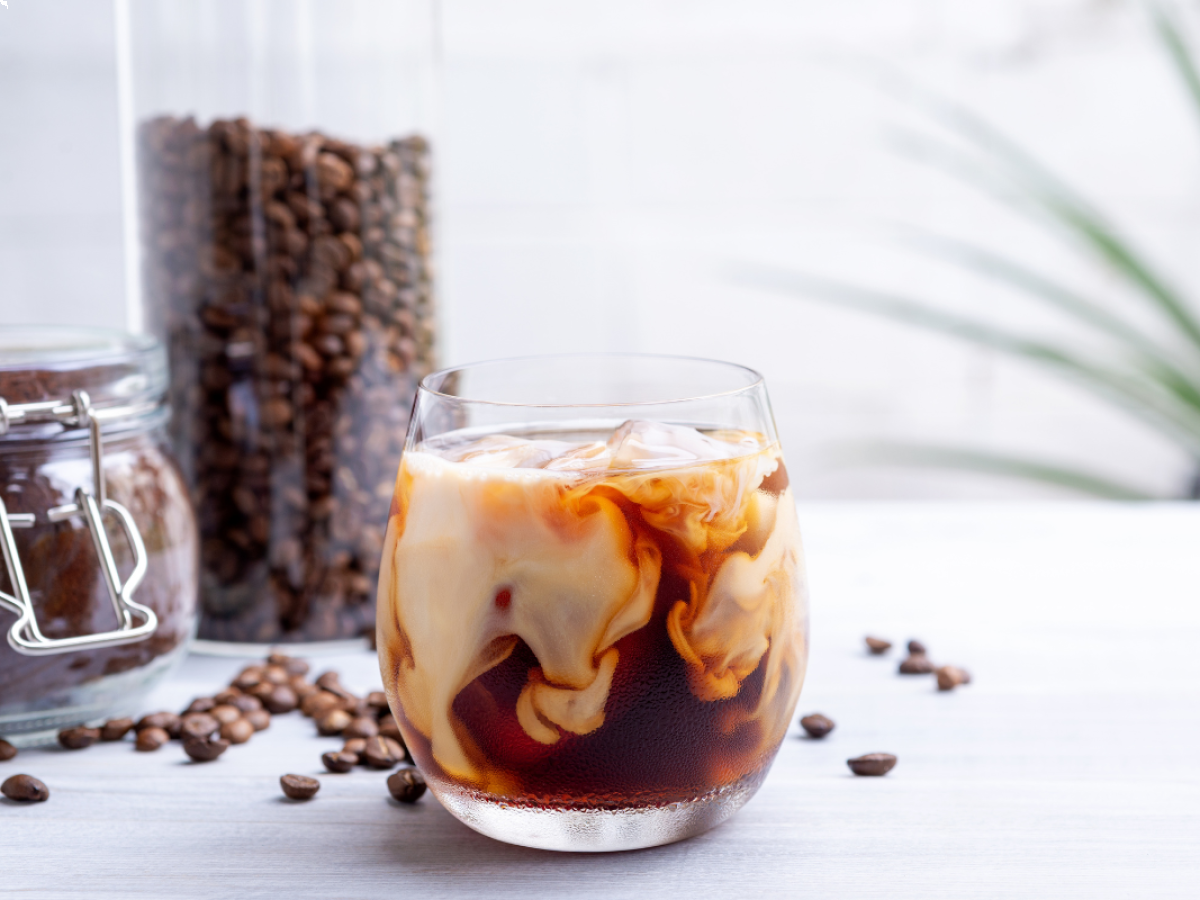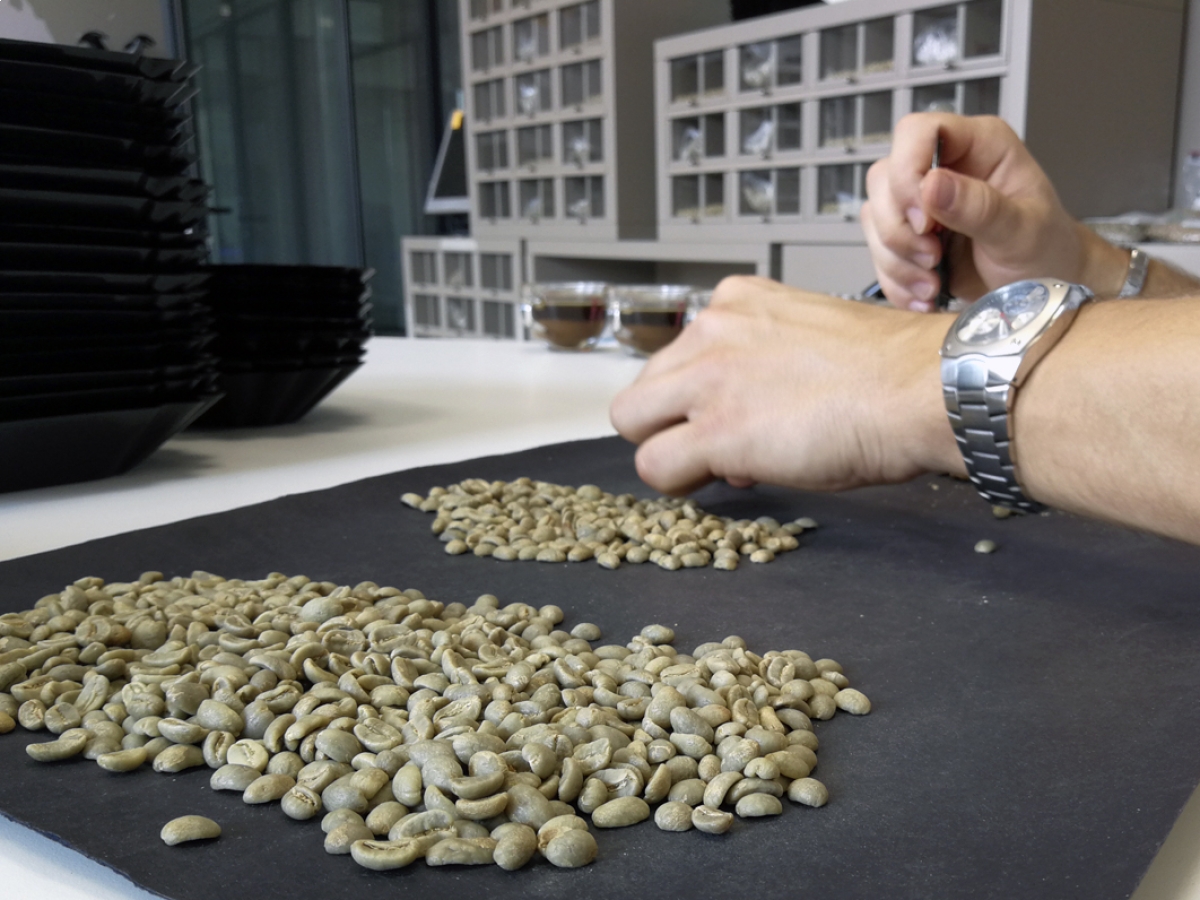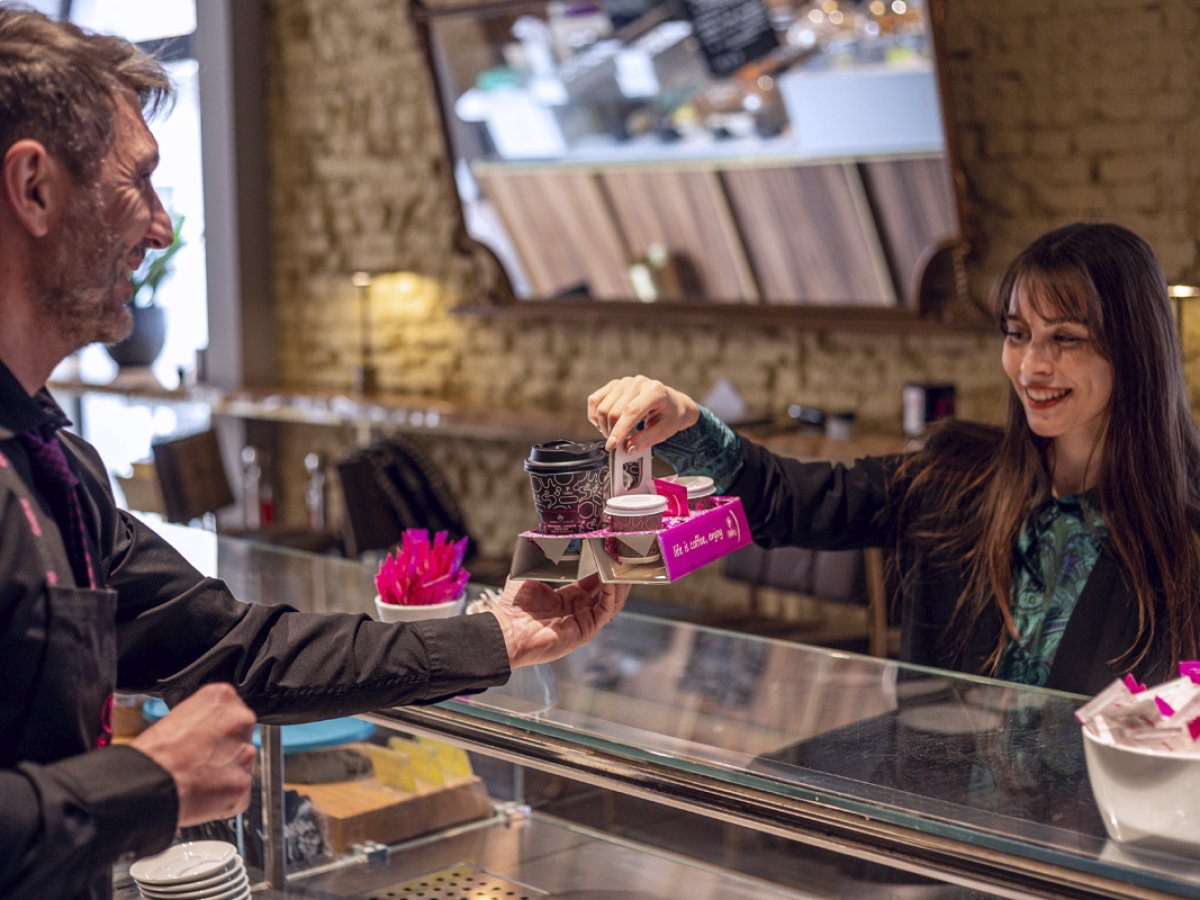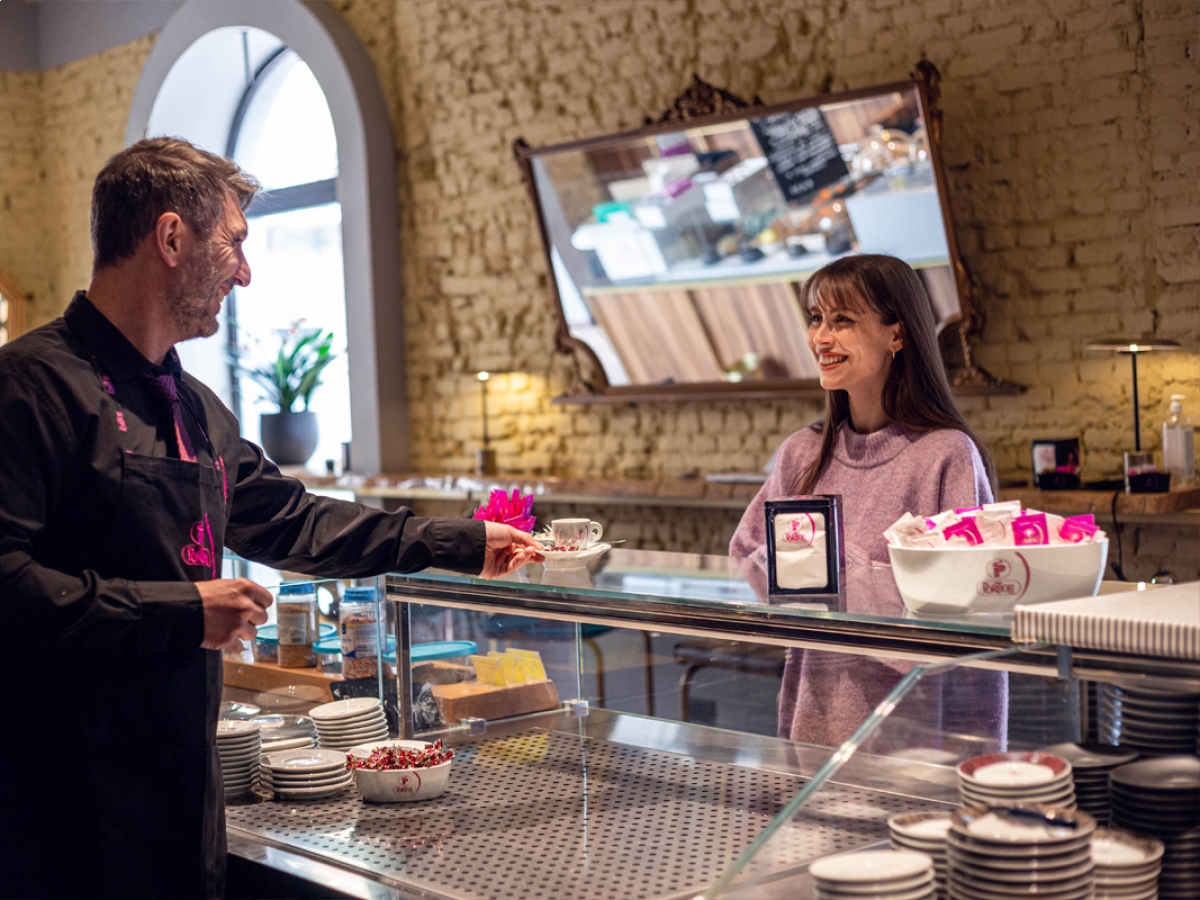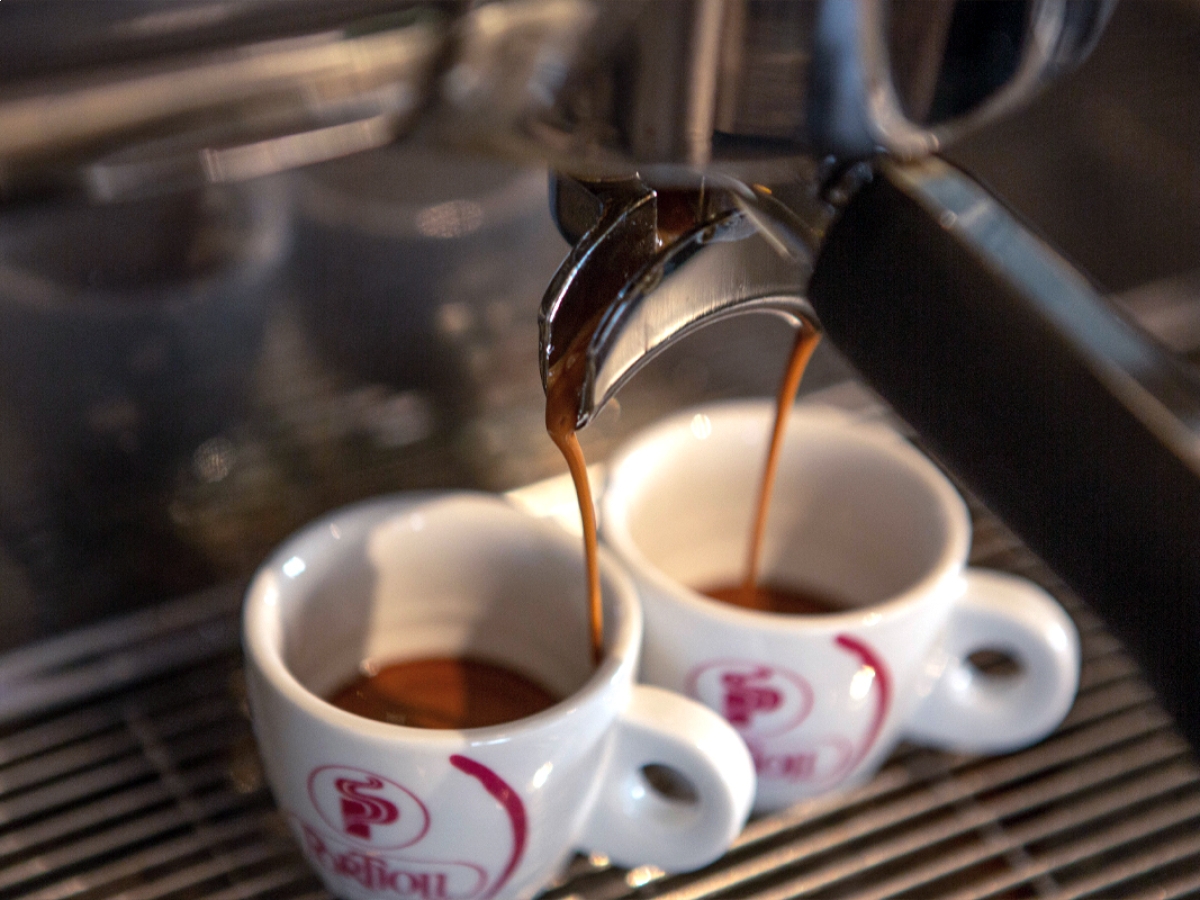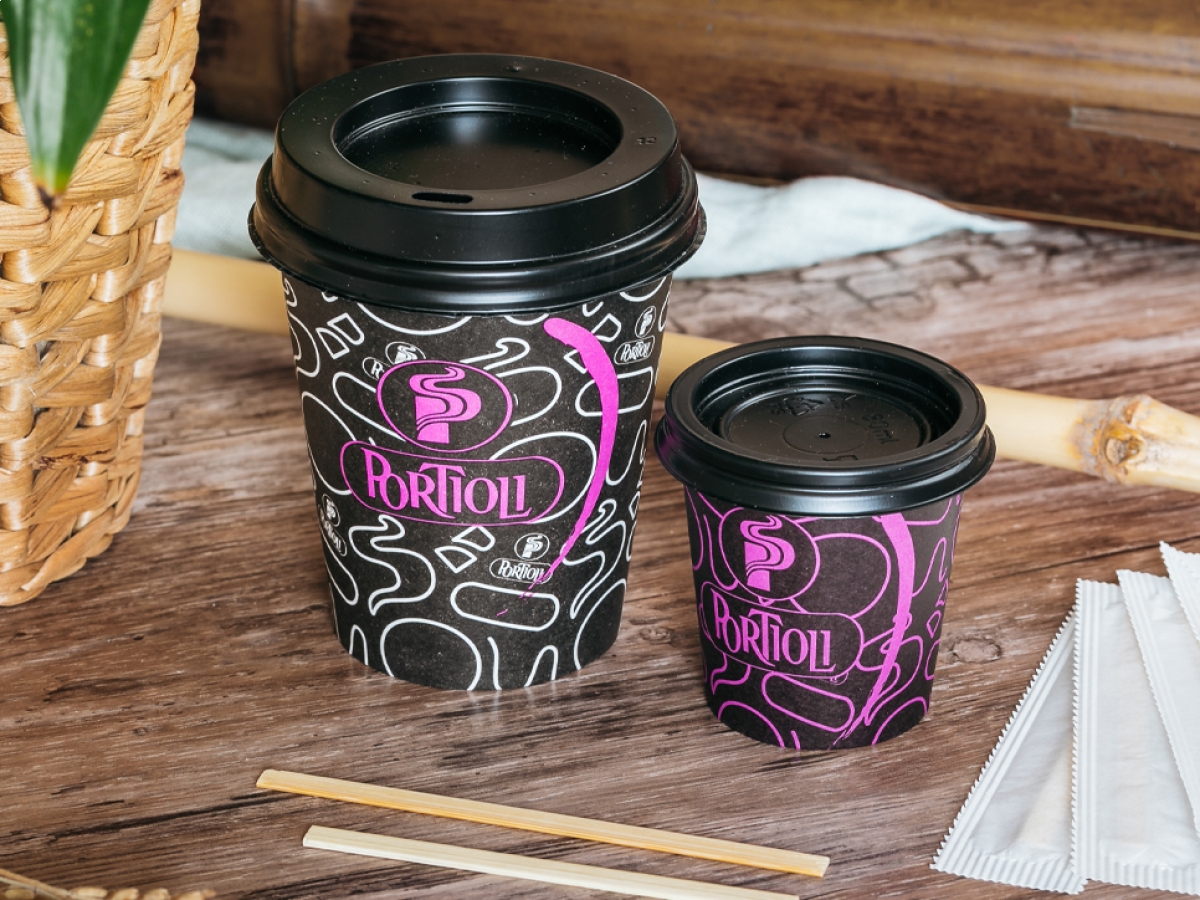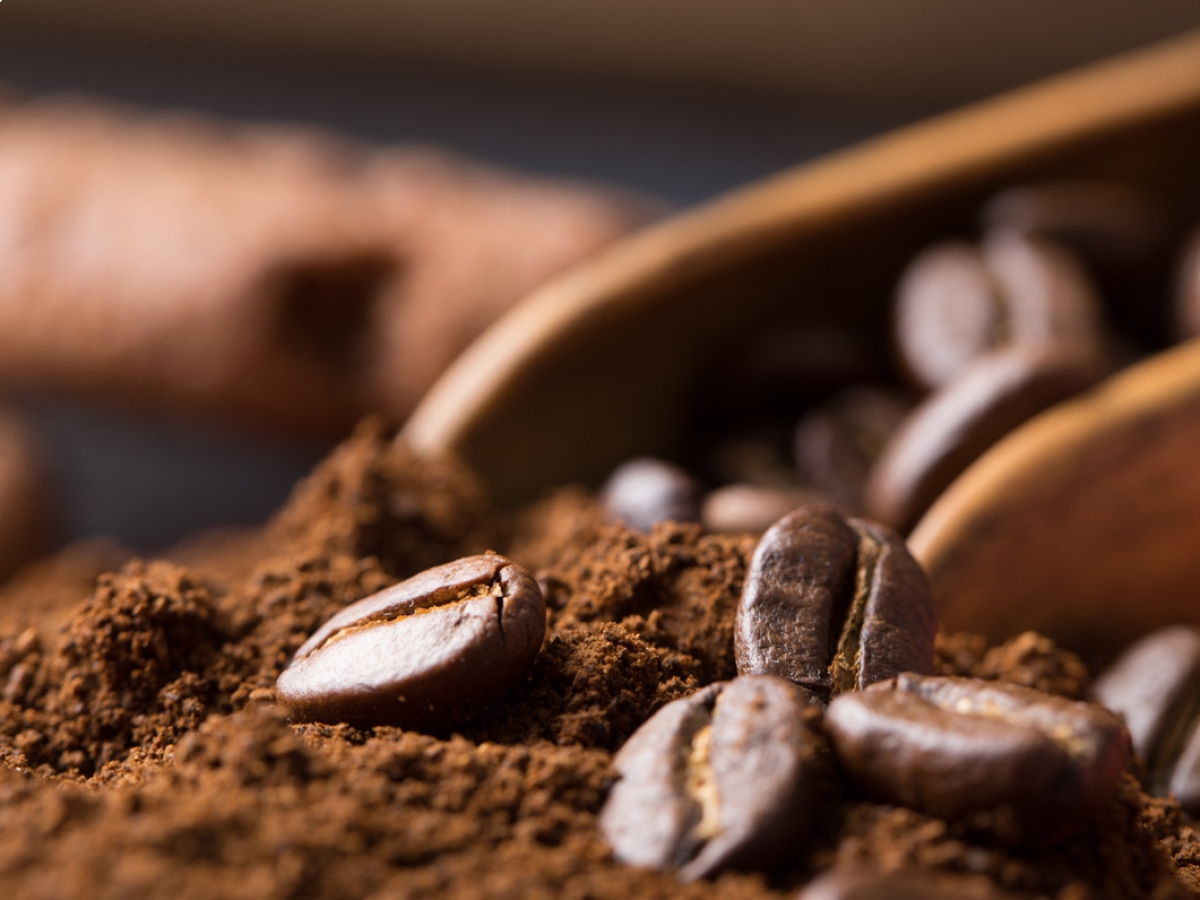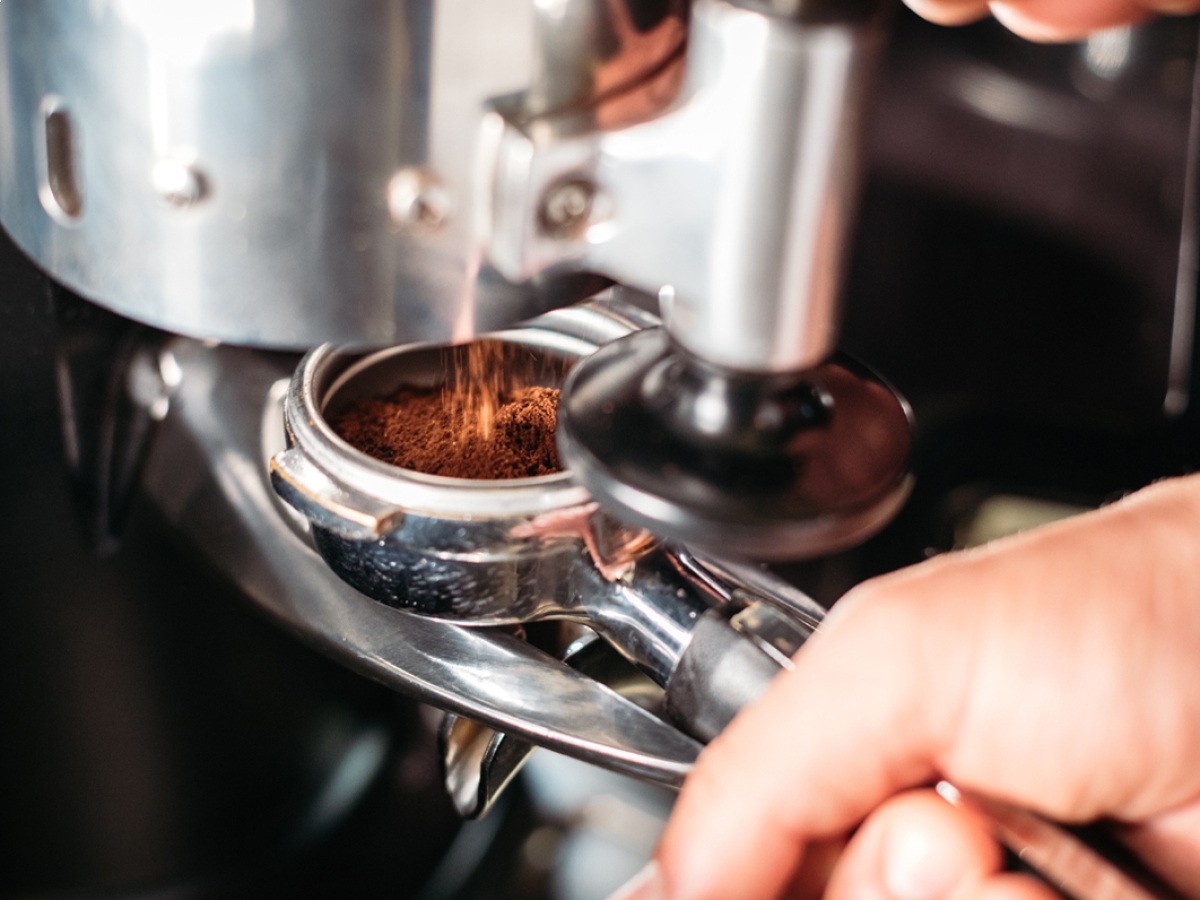
The best barista is the one who knows how to grind coffee in a way that brings out the taste of the drink, and for this very reason, grinding is one of the key steps in coffee preparation. In this regard, we talk about the grain profile or particle size of coffee, which is what, makes the difference in brewing the drink.
Grinding the coffee beans well allows the extraction of aroma and flavour. Let us find out more about this key step in espresso coffee brewing at the bar.
Coffee grinding - Purpose
The purpose of an optimal coffee grinding is to extract the flavours out of the bean as a result of the roasting process. It is, therefore, to release the aromatic substances by properly breaking down the coffee bean using an electric or manual grinder to achieve the desired grain size.
Coffee grinding - Levels
There are different levels of coffee grind, which change depending on the equipment with which I prepare it. With the mocha, the grind should be wider than that used for the professional coffee bar machine.
In the case of American coffee, the grain size is wider than the grind for espresso. Finally, for espresso, the grain size is finer than the grind used for mocha and American coffee. In any case, the barista could hone his or her skills on the grind by attending Portioli Academy courses.
A grind that is too fine leads to an over-extracted espresso in which the negative parts such as oils, fats and sugars present in the coffee cake are extracted while one that is too coarse prevents the cup from having the right intensity, in this case we will speak of under-extracted coffee.
Grinding - Over-extracted and under-extracted coffee
The barista should never offer the customer an over-extracted or under-extracted coffee, and it is precisely on the more or less fine grain of the coffee powder that the quality of the final product depends. For example, a properly brewed espresso requires an extraction time of 25 seconds.
Under-extracted coffee is coffee with a coarse grind in which the water quickly passes through the powder. It is a coffee with little cream and a light colour, which is watered down to the taste.
Over-extracted coffee, on the other hand, is that in which the water is in contact with the coffee powder for longer, generating a beverage with an excessively dark crema with a kind of white eyelet that is created at the end of the brew and is excessively bitter to the taste.
The correct grind also and above all depends on the barista's hand and experience, which is why Portioli advises professionals on some secrets:
- The grinder should be carefully cleaned every night
- Grindstone wear should be checked periodically so as not to compromise the quality of the final product
- Large quantities of coffee should not be ground, and beans should be reduced to a powder each time when making espresso so as not to increase the surface area in contact with the air and quickly disperse the aroma
Grinding – The importance of a good starting product
Why is important to choose Portioli coffee? More than sixty years of experience, an extreme care and attention to detail, the scrupulous search for the best raw coffee producers in the many producing countries.
During tasting, all characteristics of the brew such as sweetness, acidity, fruity undertones, and honeyed, chocolatey and spicy aromas are evaluated. The grades given to this analysis and added to those of the previous visual analysis allow the coffee sample to be approved or rejected. Brazilian-style tasting or Cupping is the only method used by professional tasters and recognized worldwide.
At this point, a perfect selection of Portioli coffee beans is created to be offered to the barista who will have to take care of the grinding in order to always serve the customer the perfect espresso. Portioli selects the finest beans and expertly combines them to offer its baristas the best bean blends.
Contact us to purchase our blends and win old and new customers!
Related articles
Portioli Express
Home and office shopping
Experience authentic Italian espresso right at home with our premium blends in a variety of formats.
Go to the shop










